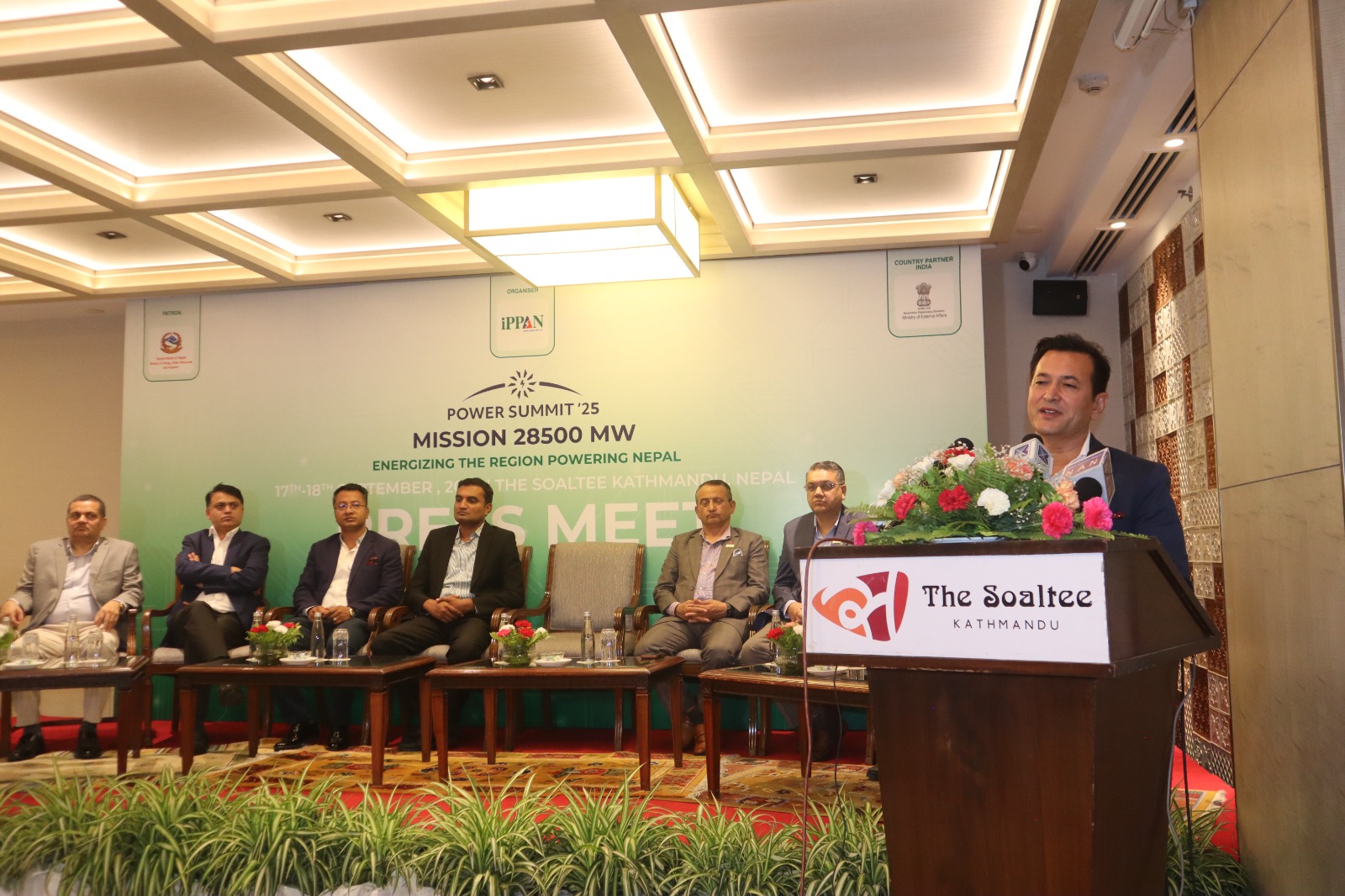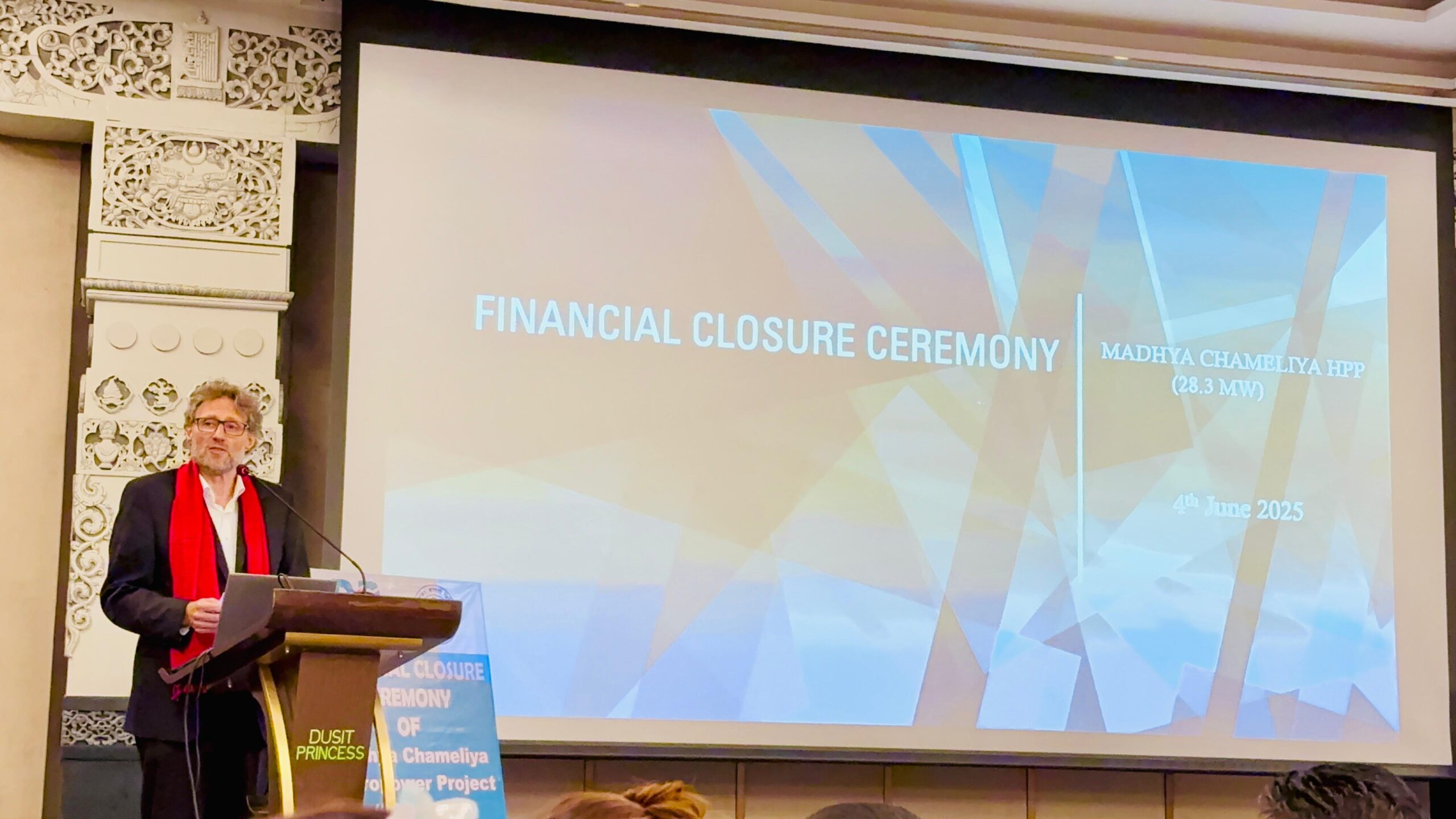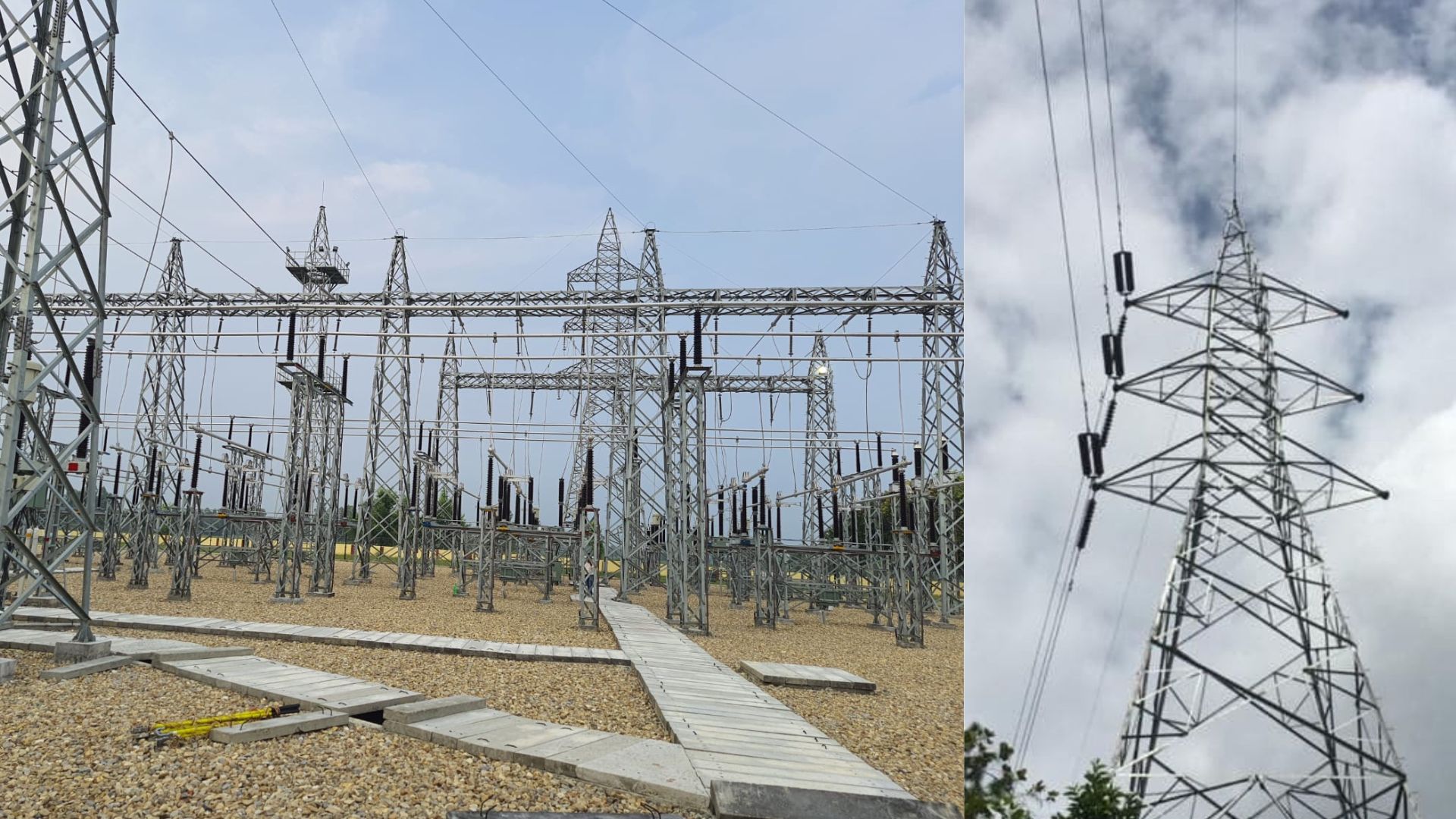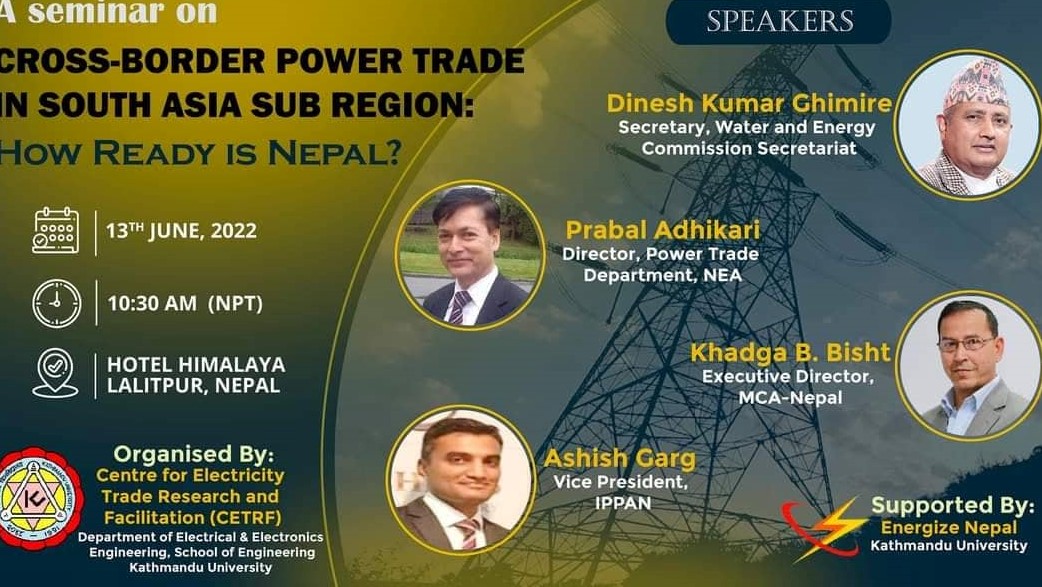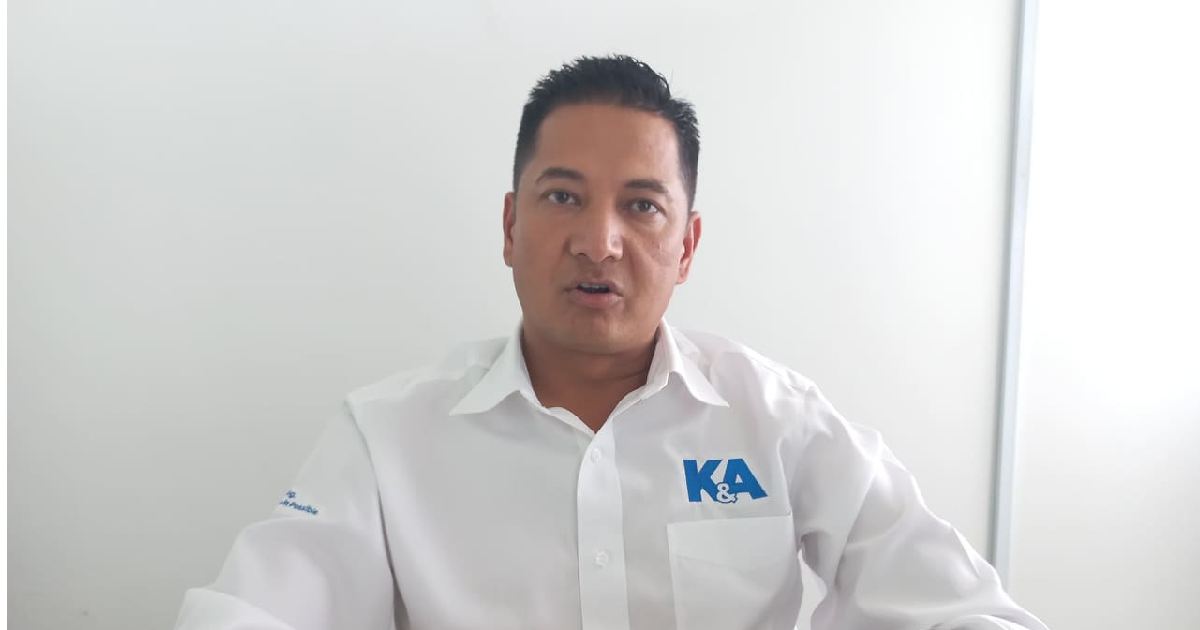
KATHMANDU: The speakers at the fifth session of the Nepal Infrastructure Conference 2022 highlighted the necessity of planned and strategic development of infrastructure in the country. They expressed views at a session entitled ‘Government in Infrastructure Development: Policy, Strategy, and Implementation.
 Dr. Rajendra Prasad Adhikari, Infrastructure/Construction Expert
Dr. Rajendra Prasad Adhikari, Infrastructure/Construction Expert
For inclusive development and economic prosperity of the country, huge investment in infrastructure projects is necessary. However, there is a funding gap to invest in infrastructure projects. A huge budget is needed for investment, but the scarcity of funds has appeared as a major roadblock in this process.
Therefore, the government should also increase the budget size of the infrastructure sector. The budget allocated for the construction of infrastructure should be spent on time in a way that the progress of the projects could be visible.
Before investing in any infrastructure project, it should be studied whether it is viable or not, can be completed in the stipulated time or not, and provide employment opportunities or not. These issues are covered in the 15th periodic plan as well. In the 15th Plan, project development is envisioned by determining the goal of expanding access to transportation, electricity, and internet within the year 2023/24.
Although a lot of investment is needed, the budget allocated for infrastructure is small. Infrastructure cannot be developed with such a meager budget. If we want to achieve growth quickly, more investment is required. The private sector and development partners seem willing to invest. Foreign investors can also be invited for the gap. Laws and regulations can also be amended to create an environment for promoting private investment in this sector. Due to the inability to invest in infrastructure projects with sufficient amounts, skilled manpower is migrating abroad in search of employment. Legal and procedural reform is necessary for attracting the private sector, which wants secure and profitable investment.
 Gopal Prasad Sigdel, Secretary, Ministry of Physical Infrastructure and Transport
Gopal Prasad Sigdel, Secretary, Ministry of Physical Infrastructure and Transport
Political instability has been hindering infrastructure development in Nepal. If the right project cannot be chosen the problem will arise from the initial stage. If the right project is selected from the selection stage, it can be completed in the stipulated time and cost by reaching the construction stage seamlessly. Therefore, the selection of the project should not be done in haste. If you take the time to understand how much the return will be, then there will be no problem going back and you will get a positive result. However, there is no such tendency in Nepal.
When the government is preparing the budget, the project comes as a proposal. The private sector is also following this trend. At the time of budgeting, when the project is proposed, the project does not get the required amount of budget and later these projects fail mid-way with uncertainty to reach completion.
The Public Private Partnership (PPP) model is considered successful. Even when building a project in this model, the risk is only borne by all the investors. When investing in a PPP project, the government will also be involved, so it is necessary to discuss the ‘risk sharing model’ in which the government also takes responsibility for bearing the risk.
Sushil Bhatt, Chief Executive Officer, Investment Board Nepal
During the preparation of the 15th periodic plan, I was also able to play a role in the preparation of plans related to infrastructure sector transport, urban development, PPP, and project bank. At that time, a plan including some documents and outcome blueprints, indicators, etc. was formulated. In this periodical plan, it is said that there will be domestic and foreign PPP in infrastructure development, and the Investment Board has also moved forward accordingly.
So far, investments in hydropower projects of more than 5,000 MW have been ensured through the Investment Board. These have progressed to a result-oriented project implementation framework. Recently, West Seti and Seti River-6 hydroelectric projects have been transparently given to an Indian company. It is certain that these projects will be successfully implemented in time.
900-MW Arun-3 hydropower project is being implemented under the PPP approach with Indian investment. As per the original schedule, this project is supposed to complete within the year 2025. However, the investor is saying that the project will be completed within 2023. Since the power of this project will directly reach the Indian market, it requires a high-capacity power transmission line. The transmission line is being built. As the structure of the transmission line has to be built through different districts, there are problems in its construction due to various reasons.
Here it is time to think about whether there will be a situation of power loss due to the transmission line when the project is completed. We have to fulfill the responsibility of creating the environment to build the structure of the transmission line.
Angdorji Lama, Senior Vice President, FCAN
In the understanding of the general public and the media, there is a tradition of looking at construction professionals from a different perspective. We have some weaknesses in that tradition. There is a problem with not being able to work according to the schedule from low bid. In fact, infrastructure projects should come from project banks. However, there is a trend of giving direct investment from ministers and leaders to those who directly approach them.
When construction workers arrive at the project site with equipment, there are many problems such as land acquisition, and tree cutting in the forest area. Electricity poles and water pipes are also difficult to dismantle. When we try to solve those problems while working, we can’t move ahead with the project even if we want to. In this situation, the question arises whether we are working in our own country or in another country.
Meanwhile, the problems caused by the conflict between the ministries will make us think like this. Since the government will make the project, it is also the responsibility of the government to provide support in the land management of the forest area. However, there is a problem. Why not make tree felling easier? In the absence of a one-way policy, we have to wait for more than 2 years if we do not get approval for cutting trees in the project area.
We wonder why government agencies do not do the work that should be done soon and immediately. Construction workers are working but they are not paid on time. The government says the budget was not spent. However, even now we have not been able to get payments worth billions of rupees from the government. It is said that the budget was not spent because the Ministry of Finance could not work, but the bill submitted by the builders in November and January is paid at the end of June. Why? Where is this tragedy? Another problem is that by the time a project starts and ends, up to 4/5 of project managers have been changed. It takes a lot of time to explain things to the project managers who keep changing. And, it is also hindering the work.
Arnaud Cauchois Country Director, Asian Development Bank (ADB)
Asian Development Bank has been investing in the development of Nepal’s infrastructure sector for a long time. Looking at the investment situation over the last 5 years, Nepal is an important country for ADB’s development partnership. Now the private sector is also coming to the development of the infrastructure sector. However, the portfolio is not very good in terms of the amount invested in infrastructure in Nepal. Here we are only talking about planning and building the environment.
We have been talking about the problems that arise during the construction of infrastructure projects for a long time. Although there is always talk about the inter-ministerial problems that arise when the infrastructure project is carried forward, the problem does not seem to have been solved yet. Because of this, development partners also have to step back. Along with ADB, the World Bank also has been saving similar problems in Nepal.
 Hari Bahadur Darlami, President, Nepal Engineering Association
Hari Bahadur Darlami, President, Nepal Engineering Association
Nepal Engineering Association was established 60 years ago with the aim of protecting the rights and interests of engineers. Now more than 70,000 engineers are registered with Nepal Engineering Council. About 50 percent of registered engineers are working in Nepal, of them, 5,000 engineers are working at government agencies. More than 30,000 engineers are working in the private sector. We always want quality skills and quality of work from engineers. There are also problems in making engineers professional.
Nepal Engineering Council Act also has a problem in selecting good engineers. We believe that if we can produce quality technical manpower, the compulsion to bring foreign skilled manpower to work will end. However, that could not happen to date. When it comes to China, more than 60 percent of the ministers in the cabinet are engineers. The President of China is also a chemical engineer, Delhi’s Chief Minister Arvind Kejriwal, and Bihar Chief Minister Nitesh Kumar both are from engineering backgrounds. Engineers can deliver if they are given the opportunity to lead the country.
Vishnu Aggarwal, President, Confederation of Nepal Industry
Nepal Infrastructure Conference 2022 has been organized with the aim of increasing investment in the development of Nepal’s infrastructure sector.
It is a great thing to get everyone together in one place and have a discussion like this. The speakers participating in this session also discussed the investment opportunities, current situation, and problems in the infrastructure sector. Along with raising the problem, they have also given solutions. This is the best thing that came out of the conference. The problem of lack of liquidity in the banking sector is also hindering the development of the infrastructure sector.


